IN FOCUS: 2021 KAWASAKI KX250 XC
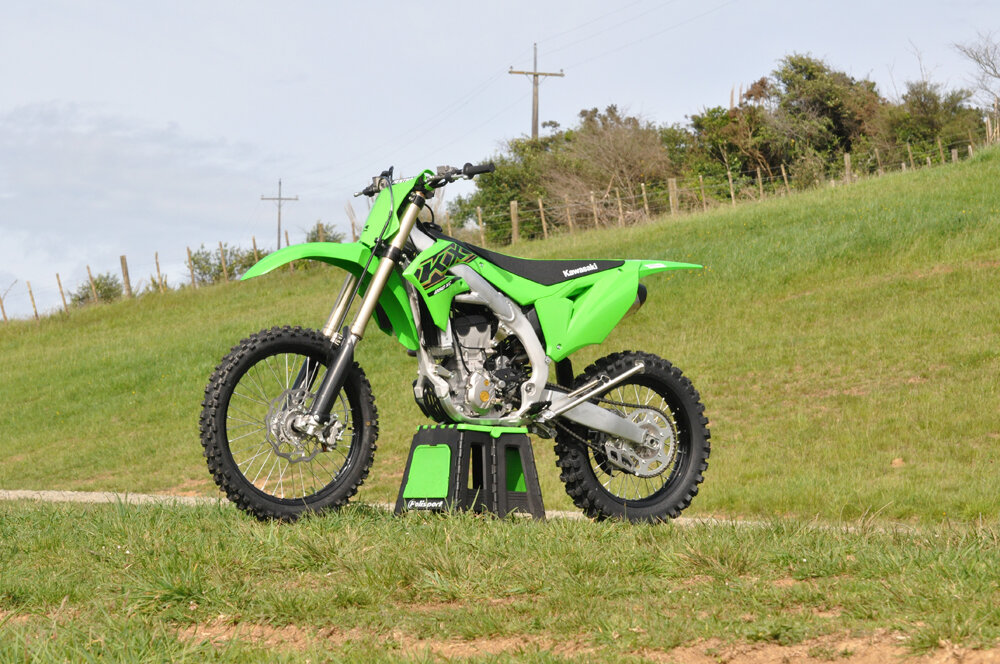
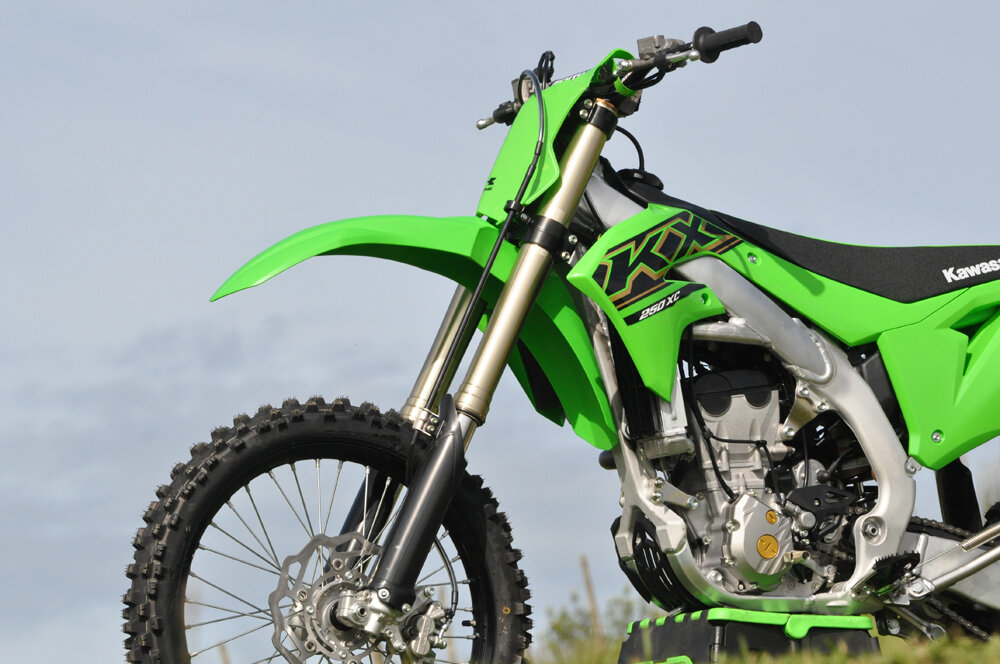
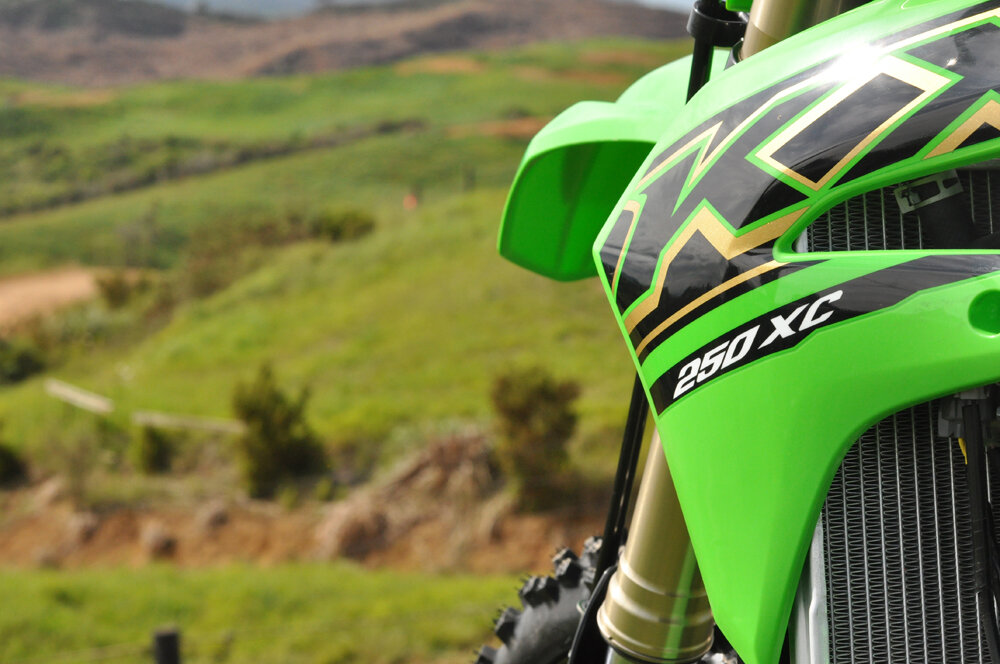
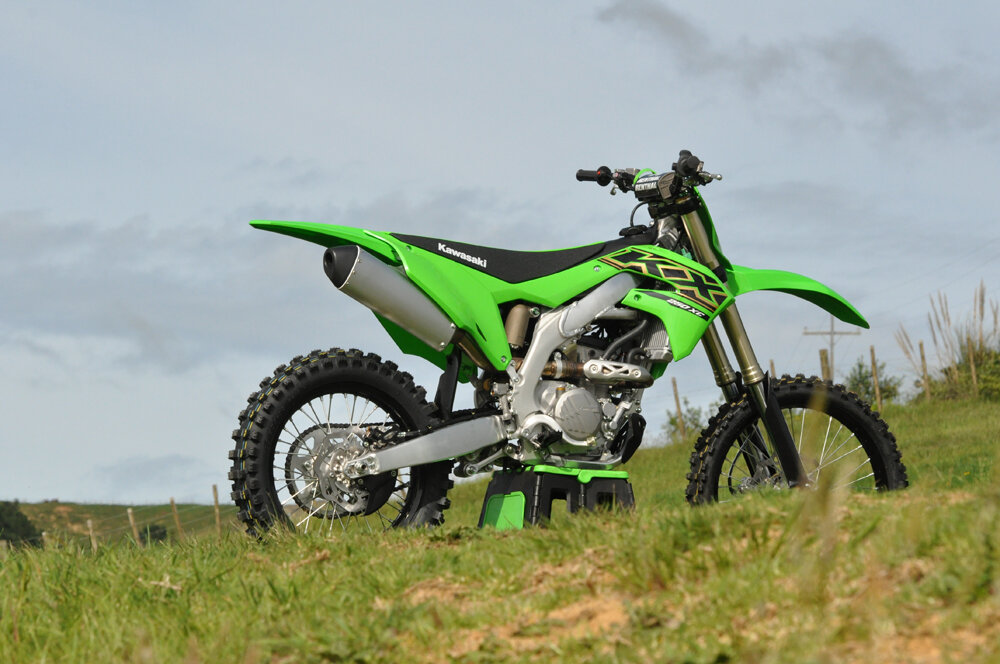
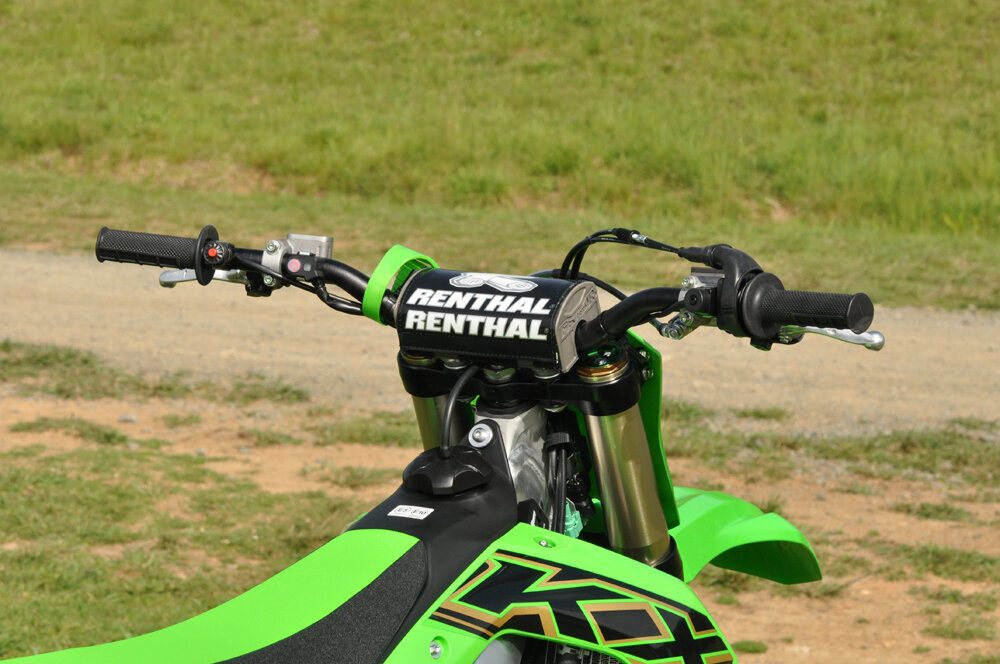

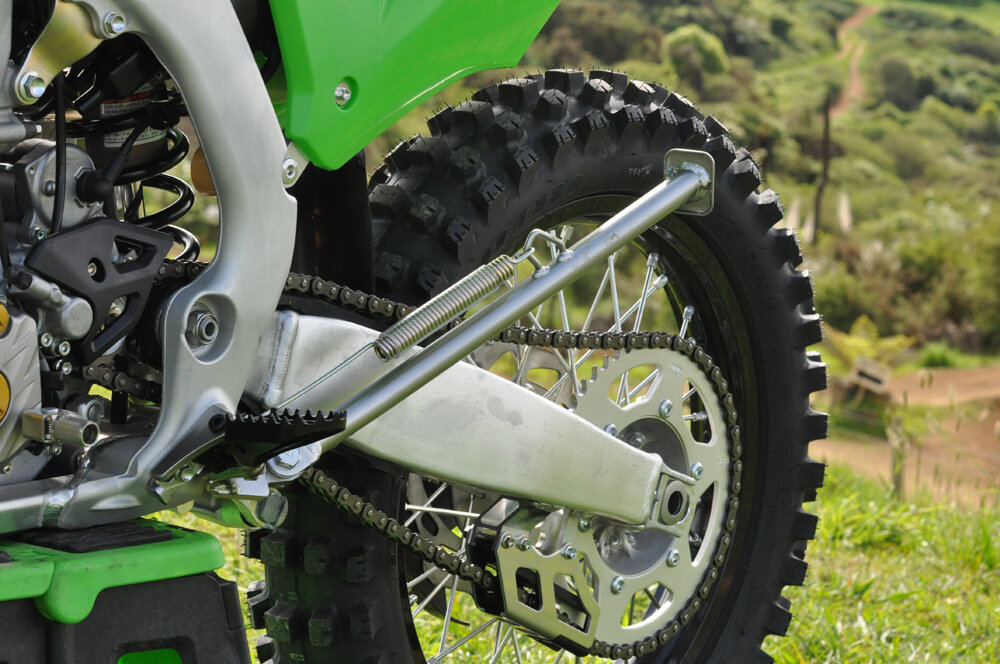
Following up from its bigger brother, the lites version of Kawasaki’s cross country range is perhaps the dark horse of the two. Maximum comfort mixed with a broad power band has combined to produce a real race winning machine.
Now if you read about the Top 11 Things You Need To Know About The KX450 XC, you will remember me saying that team green did about as little as possible to convert their MX championship winning bike into something that could tackle the bush. And as we found out, less was actually kinda more, in that case. Well it’s the same thing when it came to the 250 XC. Minimal changes mean the bike kept all of its MX prowess, while gaining a little more usability while out on the trail.
Here are the Top 10 Things I Think You Should Know about Kawasaki’s all-new 2021 KX250 XC.
1.
With the 2021 KX250 MX bike being basically all-new, building an XC bike using that unproven base is somewhat of a gamble. Which perhaps helps understand why the changes are very minimal. Nevertheless, it’s a bike that works. As soon as you throw a leg over and feel how comfortable the bike is, you understand why that whole less is more approach might have been the go.
2.
And just so you know, the changes are as such. XC specific tuning to the engine via the mapping. The actual engine, internals compression etc, remains the same. So technically you could take a new KX250 and load in the off-road specific engine characteristics and have the exact same power curve. And vice versa. The bike comes with Dunlop AT81 off-road tyres with the rear sporting the compliant 18 inch sizing. Add to that the convenience of a side stand and skid plate, one spring rate softer in the front forks and one tooth larger on the rear sprocket and you have the makings of a competitive XC steed.
3.
Like the KX250, the KX250XC is equipped with dual fuel injectors. One positioned downstream of the throttle valve (usual spot) and one upstream close to the airbox. This design is said to deliver a smooth and instant response, matched with increased engine output and high RPM. There is no doubt that the power from the 250 XC exceeds a few other brands without question and is now probably on par with a few others too. Obviously, Kawasaki believe in the two-injector system for its lites class bikes and who am I to disagree.
4.
Like the KX250, the 250 XC utilises the hydraulic clutch set up – which is tops in my books. The ability of a hydraulic clutch to self-adjust and help prevent clutch burn out makes it one of my must haves these days. The lever is consistent in its feel, pull and lightness. Kawasaki aren’t known for taking up trends early on, but with a huge shift to hydraulic across the whole industry, it’s great to see them on the new KX models early. Matched to the unconventional use of coned-disc springs contributes to a lighter clutch actuation when the lever has been pulled in. I loved everything about the 250 XC clutch (even more than the 450 XC) except the lever itself. It’s just too thin for my liking and I would replace it straight away with something a little chunkier.
5.
The 450 XC runs the Showa suspension setup, whereas Kawasaki have gone with KYB in the 250. Why you would have two different brands on the same model range is unclear to me. I can only guess that they believe each is suited to the larger and smaller capacity bikes. And even though I didn’t have many negative comments towards the Showa gear on the 450, this KYB setup on the 250 was noticeably better in all areas. Everyone who helped me with photos and who got to ride both bikes said the same thing. The KYB setup on the 250 is near bang on. From how nimble the bike feels to its level of traction on the hard-packed terrain, the 250 chassis was the one everyone raved about. It just didn’t seem to do anything wrong. The valving and spring weights were surprisingly good, even for my weight at 95kg. The clickers made a difference and it gave you real confidence to pick up the speed without worry of losing the front or getting kicked off when it got rough. It reminded me a lot of Yamaha suspension – easy to use and confidence inspiring.
6.
The Side stand is super, super handy – anyone who trail rides and has used one knows how good it is - much like an electric start. We did encounter a slight issue though if you are the type of rider who spends a lot of time riding on the balls of your feet and gripping with your ankles. These size 12 Leatt 5.5 boots would catch the side stand with the heel and arc it down a bit while riding. This was true for any boot down to about a size 9. This was a little niggly and noticeable if you are paying attention so something to be mindful of. It did not seem to get caught on anything though – just more of something to be aware of.
7.
You can’t mention the new KX range without mentioning the ERGO-FIT system of adjustability that comes stock. The upper triple clamp has two sets of handle mount slots and reversible, offset handle mounts, giving 4 different options of comfort; 10mm back, stock setting, 15mm forward and 25 mm forward. Handy for getting that cockpit right. But what’s even cooler is the adjustable foot peg brackets, allowing you to lower your foot peg position by 5 mm. So, match that to the handlebars and you have 8 different rider positions to adjust your rider triangle. If you are a tall guy like me, that 5mm lower foot peg will help get your centre of gravity lower too, helping with balance, stability and cornering.
8.
The KX250 XC loves to be revved…a lot. The increased RPM limit allowed me to hold a gear longer while still accelerating without much sign off at the end. That is matched to a very impressive mid-range power that will rival even Yamaha in a lot of areas. It is punchy, exciting, smooth and makes you want to go fast. While at the same time giving you a safe feeling, as if its whispering in your ear saying, ‘go on...give it some more…I won’t bite.” And it didn’t either. The ‘lack’ of power, when compared to the 450 was actually beneficial at Moto Central that day. Rock hard tracks are no place for a heavy hand, but the 250 allows you to get heavy without the repercussions. I really enjoyed this engine on the day. Would love to try some sand riding to see how that transfers over.
9.
The little things. The electric start worked quick fire, so good for XC starts – as it should be. The three couplers (stock, hard, soft) are nice, easy and simple to use for quick power curve changes as the track degrades. Actually, so quick you could even swap in the softer hitting map coupler during your gas stop if it started raining and you needed more traction over power. A nice big 270mm front disc was ample for stopping. Renthal Fatbars with a comfortable sweep are stock. Slip resistant seat, in-mould graphics, lightweight Li-ion battery, launch control and a very sleek design all come together to make the KX250 XC a real choice in the off-road department.
10.
Being a 250 and with all the revving you will want to be doing here (trust me) a larger tank will be needed if you really want to be competitive in the racing side of things. The gearing seemed reasonable for our test day, but again like I mentioned in the 450 XC post, another gear wouldn’t be a bad thing either. And out with the levers and grips for some aftermarket jobbies.
But man – what a bloody fun, exciting, capable and well-handling bike. Of the 450 XC or 250 XC – this is the one I would pick without regret. And the sooner I get back on the better if you ask me.
CLICK HERE for more info on the 2021 KX250 XC from Kawasaki New Zealand.
CLICK HERE for our IN FOCUS review of the 2021 Kawasaki KX450 XC
2021 Kawasaki KX250 XC Highlights & Specifications
- Same 249cc Engine as the KX250
- Industry leading KYB Suspension
- Dunlop AT81 Tyres
- Skid Plat & Side Stand
- Electric start
- Coned disc-spring hydraulic clutch
- Launch Control Mode
- Easy engine tuning via plugs
- Finger-follower valve actuation
- Off-Road specific brake pads
- ERGO-FIT adjustable ergonomics
- Renthal Fatbar handlebar


























































